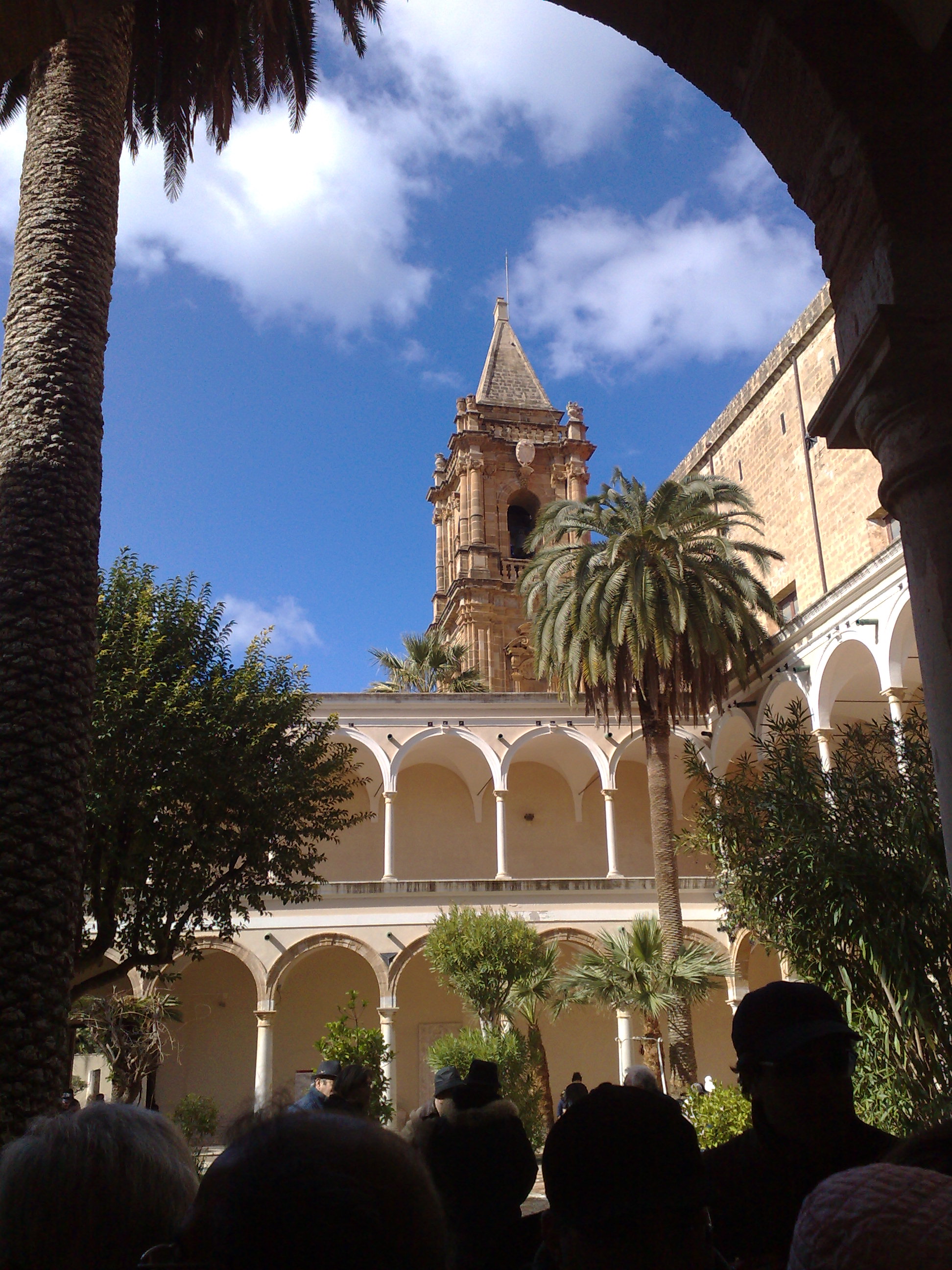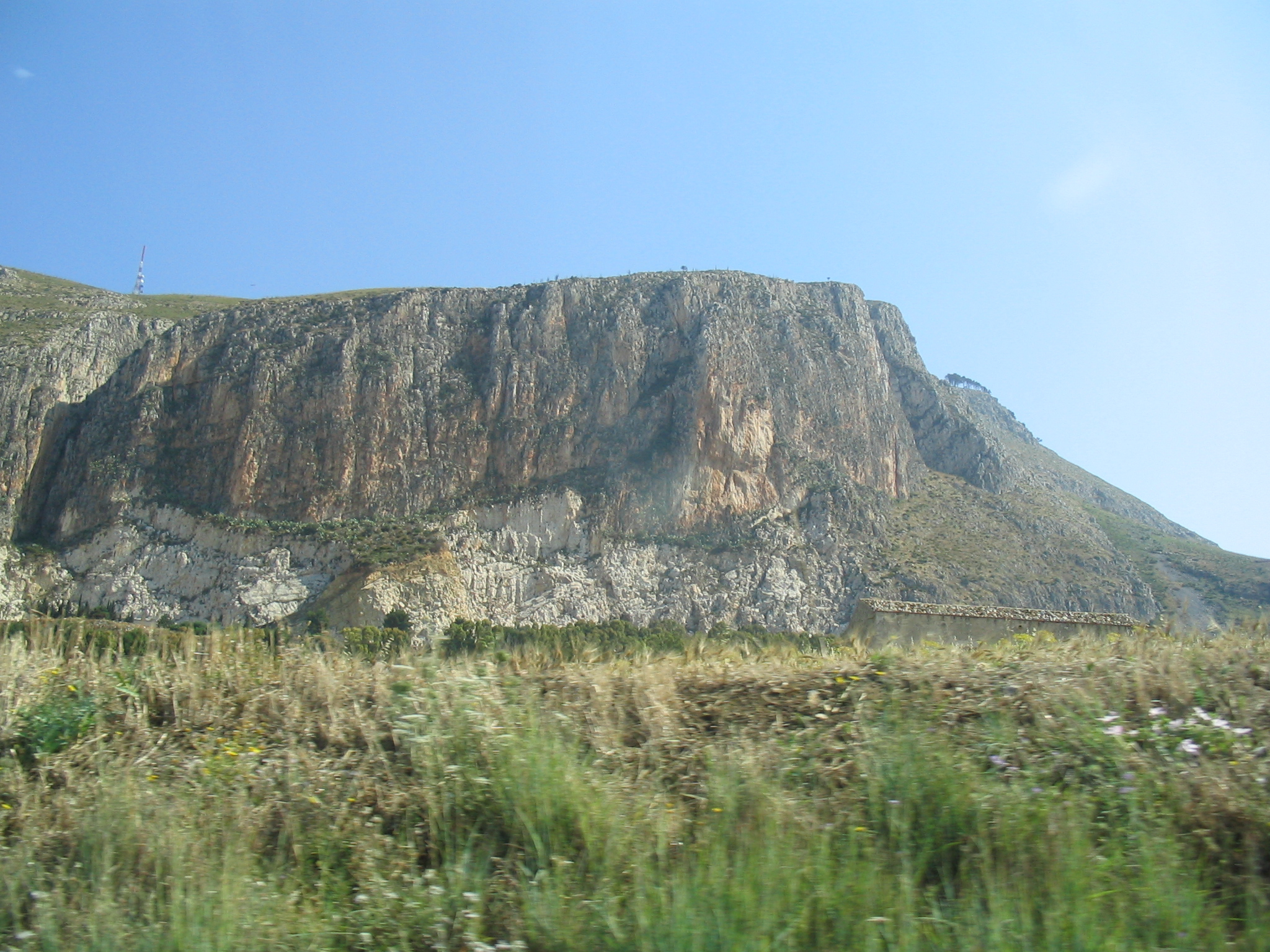|
Milo, Trapani
Milo is a frazione of Trapani, located 4 km southeast of Trapani city on the slopes of Monte Erice on the west coast of Sicily in Italy. History Milo was the site of an important airport during the Second World War, called the Trapani–Milo Airport, which was used to transport people and supplies, for protecting convoys and as an airbase. The area around the old military airport covers an area of over 90 hectares on the edge of the town and is home to the Italian Space Agency's ''Base di lancio palloni stratosferici'' (Launch base for stratospheric balloons), which was established in 1975 and renamed in honour of Luigi Broglio Luigi Broglio (11 November 1911 – 14 January 2001), was an Italian aerospace engineer, airforce lieutenant colonel and dean of the school of aeronautical engineering at the University of Rome La Sapienza. Known as "the Italian von Braun", he is ... in July 2001. It is one of the view sites in the world capable of making transmeditteranean and tra ... [...More Info...] [...Related Items...] OR: [Wikipedia] [Google] [Baidu] |
Sicily
(man) it, Siciliana (woman) , population_note = , population_blank1_title = , population_blank1 = , demographics_type1 = Ethnicity , demographics1_footnotes = , demographics1_title1 = Sicilian , demographics1_info1 = 98% , demographics1_title2 = , demographics1_info2 = , demographics1_title3 = , demographics1_info3 = , timezone1 = CET , utc_offset1 = +1 , timezone1_DST = CEST , utc_offset1_DST = +2 , postal_code_type = , postal_code = , area_code_type = ISO 3166 code , area_code = IT-82 , blank_name_sec1 = GDP (nominal) , blank_info_sec1 = €89.2 billion (2018) , blank1_name_sec1 = GDP per capita , blank1_info_sec1 ... [...More Info...] [...Related Items...] OR: [Wikipedia] [Google] [Baidu] |
Province Of Trapani
Trapani ( it, Provincia di Trapani, scn, Pruvincia di Tràpani; officially ''Libero consorzio comunale di Trapani'') is a province in the autonomous island region of Sicily, southern Italy. Following the suppression of the Sicilian provinces, it was replaced in 2015 by the Free municipal consortium of Trapani. Its capital is the city of Trapani. It has an area of and a total population of 433,826 (2017). There are 25 comunes (Italian: ''comuni'') in the province (see Comuni of the Province of Trapani). History The area now covered by the province was occupied successively by the Carthaginians, Greeks and latterly by the Romans. The port of Trapani, first known as Drepana, then Drepanon, was inhabited by the Sicani and the Elymi becoming a prosperous Phoenician trading centre by the 8th century BC. It was taken by the Carthaginians in 260 BC and by the Romans in 240 BC, becoming a ''civitas romana'' until 440 AD when it was sacked by the Vandals, then by the Byzantines and ult ... [...More Info...] [...Related Items...] OR: [Wikipedia] [Google] [Baidu] |
Trapani
Trapani ( , ; scn, Tràpani ; lat, Drepanum; grc, Δρέπανον) is a city and municipality (''comune'') on the west coast of Sicily, in Italy. It is the capital of the Province of Trapani. Founded by Elymians, the city is still an important fishing port and the main gateway to the nearby Egadi Islands. History Drepana was founded by the Elymians to serve as the port of the nearby city of Eryx (present-day Erice), which overlooks it from Monte Erice. The city sits on a low-lying promontory jutting out into the Mediterranean Sea. It was originally named ''Drépanon'' from the Greek word for "sickle", because of the curving shape of its harbour. Carthage seized control of the city in 260BC, subsequently making it an important naval base, but ceded it to Rome in 241BC following the Battle of the Aegates in the First Punic War. Two ancient legends relate supposed mythical origins for the city. In the first legend, Trapani stemmed from the sickle which fell from the hands o ... [...More Info...] [...Related Items...] OR: [Wikipedia] [Google] [Baidu] |
Albert Of Trapani
Albert of Trapani (born Albert degli Abati; scn, Sant’Albertu di l’Abati; 1240 – 7 August 1307) was an Italian Roman Catholic priest and a professed member of the Carmelites. He practiced great austerities upon himself to make himself poor in the spirit of Jesus Christ and went out preaching and evangelizing; he was known for working and maintaining a positive relationship with Jews as well as for his powers of healing. The saint was likewise attributed for the 1301 lifting of the siege in Messina that could have seen hundreds die from starvation had it not been for his intervention. His beatification received approval in 1454 from Pope Nicholas V and he was canonized sometime later in mid-1476; some sources suggest that Pope Callixtus III canonized the saint on 15 October 1457. Life Alberto degli Abati was born circa 1240 in Trapani as the sole child to the nobles (of Florentine origin) Benedetto degli Abati and Giovanna Palizi. His father served as an admiral in the ... [...More Info...] [...Related Items...] OR: [Wikipedia] [Google] [Baidu] |
Frazione
A ''frazione'' (plural: ) is a type of subdivision of a ''comune'' (municipality) in Italy, often a small village or hamlet outside the main town. Most ''frazioni'' were created during the Fascist era (1922–1943) as a way to consolidate territorial subdivisions in the country. In the autonomous region of the Aosta Valley, a ''frazione'' is officially called an ''hameau'' in French. Description Typically the term ''frazioni'' applies to the villages surrounding the main town (''capoluogo'') of a ''comune''. Subdivision of a ''comune'' is optional; some ''comuni'' have no ''frazioni'', but others have several dozen. The ''comune'' usually has the same name of the ''capoluogo'', but not always, in which case it is called a ''comune sparso''. In practice, most ''frazioni'' are small villages or hamlets, occasionally just a clump of houses. Not every hamlet is classified as a ''frazione''; those that are not are often referred to as ''località'', for example, in the telephone boo ... [...More Info...] [...Related Items...] OR: [Wikipedia] [Google] [Baidu] |
Monte Erice
Monte Erice, or ancient Greek Mount Eryx, is a mountain of Sicily, in the province of Trapani. Location The mountain is to the east of Trapani and encompasses an area of 18.3 km2. The Lenzi River has its source on the mountain. The city of Erice is located on the summit, the frazione of Santa Casa, Erice and the suburbs of Trapani are located on the western slopes, and the comune of Valderice is on the eastern side of the mountain. Geography The mountain is covered by vegetation: there is a forest of Aleppo pine around Martogna, oak in the state forest of Sant'Anna, as well as holm oak and downy oak in the Costa Spada area. There are numerous hiking trails. The Sicilian Forestry Corps has established an agro-forestry museum at S. Matteo, 4 km from the summit of Erice. History In ancient times the mountain was occupied by the Elymians and subsequently by the Carthaginians, the Greeks, and the Romans, who worshipped Aphrodite Erycina, or Venus Erycina, there. I ... [...More Info...] [...Related Items...] OR: [Wikipedia] [Google] [Baidu] |
Second World War
World War II or the Second World War, often abbreviated as WWII or WW2, was a world war that lasted from 1939 to 1945. It involved the vast majority of the world's countries—including all of the great powers—forming two opposing military alliances: the Allies and the Axis powers. World War II was a total war that directly involved more than 100 million personnel from more than 30 countries. The major participants in the war threw their entire economic, industrial, and scientific capabilities behind the war effort, blurring the distinction between civilian and military resources. Aircraft played a major role in the conflict, enabling the strategic bombing of population centres and deploying the only two nuclear weapons ever used in war. World War II was by far the deadliest conflict in human history; it resulted in 70 to 85 million fatalities, mostly among civilians. Tens of millions died due to genocides (including the Holocaust), starvation, ma ... [...More Info...] [...Related Items...] OR: [Wikipedia] [Google] [Baidu] |
Trapani–Milo Airport
Trapani–Milo Airport is a closed airport located at Milo, which was the first airport to serve the Sicilian city of Trapani, in Italy. Today it is used by the Italian Space Agency. History The airport was built during the 1930s and became the base of the Italian Regia Aeronautica. After being heavily bombed by Allied forces during the Invasion of Sicily (Operation Husky) in July 1943, it stayed open until 1949 when the new Trapani–Chinisia Airfield was opened. From 1975 the airport was used by the Italian Space Agency as the launch site for stratospheric balloons. It was one of the few in the world able to launch balloons across the Mediterranean (to Spain) and across the Atlantic, which was fundamental for astrophysics and astronomy research. The launch base in July 2001 was named after Italian aerospace engineer Luigi Broglio. More recently, it was used for launching unmanned aircraft. It was closed in 2010.Translated from the corresponding Italian Wiki article In 1976 ... [...More Info...] [...Related Items...] OR: [Wikipedia] [Google] [Baidu] |
Italian Space Agency
The Italian Space Agency ( it, Agenzia Spaziale Italiana; ASI) is a government agency established in 1988 to fund, regulate and coordinate space exploration activities in Italy. The agency cooperates with numerous national and international entities who are active in aerospace research and technology. Nationally, ASI is responsible for both drafting the National Aerospace Plan and ensuring it is carried out. To do this the agency operates as the owner/coordinator of a number of Italian space research agencies and assets such as CIRA as well as organising the calls and opportunities process for Italian industrial contractors on spaceflight projects. Internationally, the ASI provides Italy's delegation to the Council of the European Space Agency and to its subordinate bodies as well as representing the country's interests in foreign collaborations. ASI's main headquarters are located in Rome, Italy, and the agency also has direct control over two operational centres: the Centre f ... [...More Info...] [...Related Items...] OR: [Wikipedia] [Google] [Baidu] |
Luigi Broglio
Luigi Broglio (11 November 1911 – 14 January 2001), was an Italian aerospace engineer, airforce lieutenant colonel and dean of the school of aeronautical engineering at the University of Rome La Sapienza. Known as "the Italian von Braun", he is best known as the architect of the San Marco programme. The facility he conceived, originally the '' San Marco Equatorial Range'', is now named in his honour as well as the asteroid 18542 Broglio. Life Early years Born in Mestre, near Venice in 1911, Broglio moved to Rome with family in 1915. Graduating in civil engineering in 1934, he began 3 years of military service as an artillery officer in the army. After his service Broglio applied to the Italian Airforce (''Aeronautica Militare Italiana'', AMI) becoming First Lieutenant where, using his engineering experience, he was assigned to work at the AMI research centre at Guidonia Montecelio. He would work here on a variety of aerospace projects including jet engines until the Arm ... [...More Info...] [...Related Items...] OR: [Wikipedia] [Google] [Baidu] |




